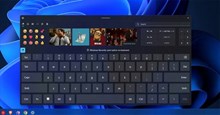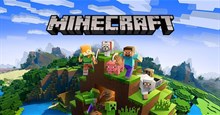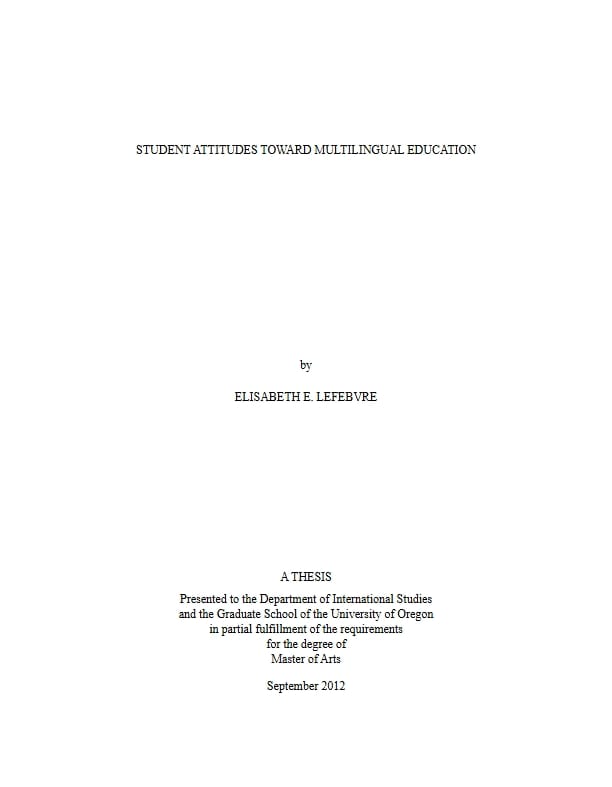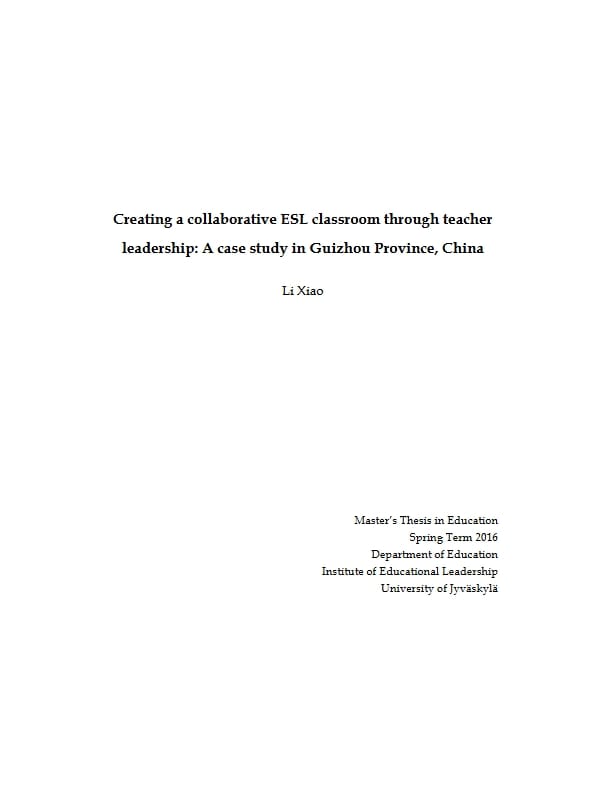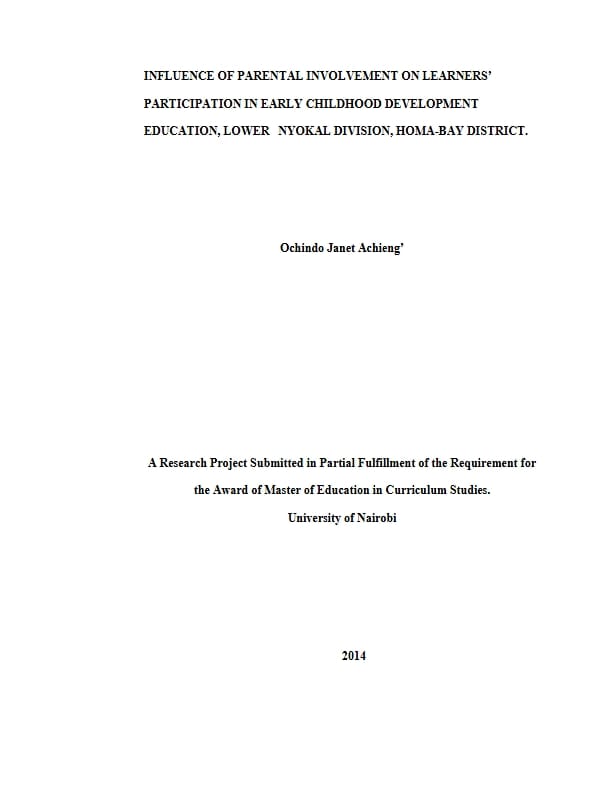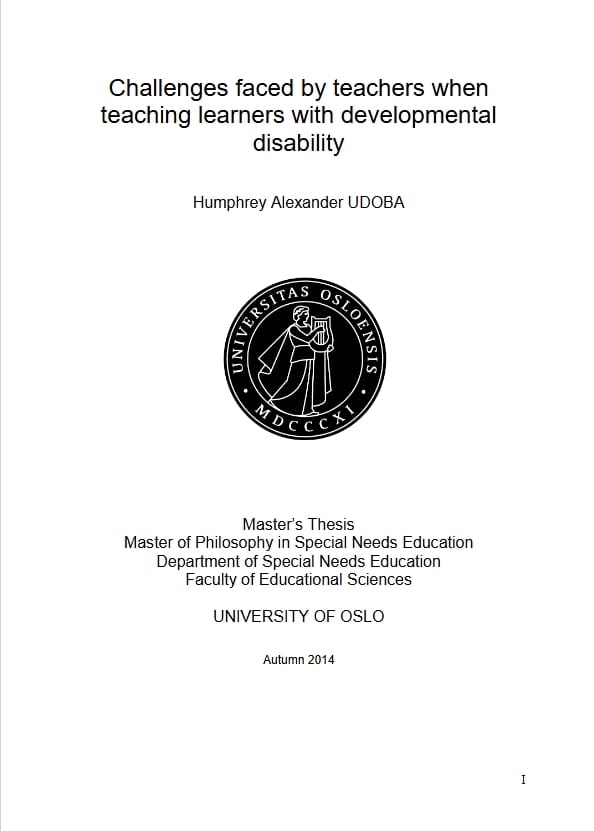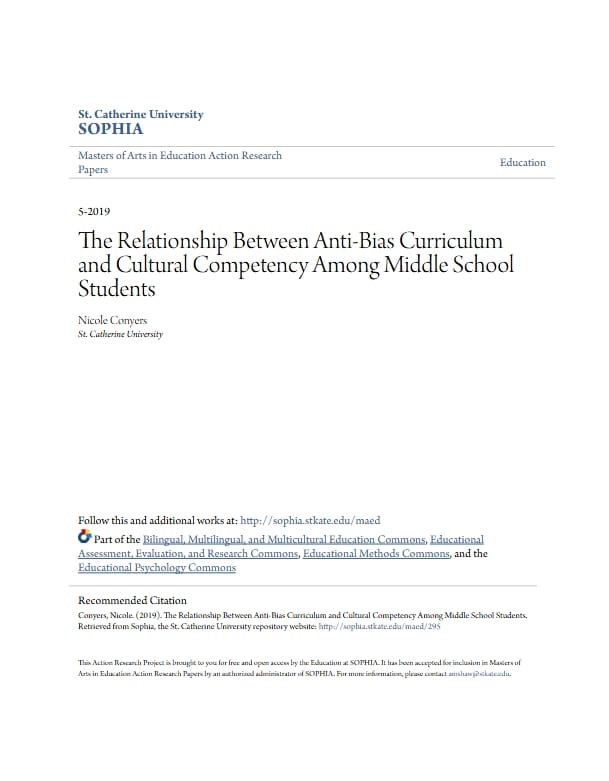Table of contents
Foreword ……………………………………………………………………………………………………………………………………..v
Summary ……………………………………………………………………………………………………………………………………. vi
1. Introduction …………………………………………………………………………………………………………………………….. 7
1.1 Background ………………………………………………………………………………………………………………………… 7
1.2 Goal of the study ………………………………………………………………………………………………………………… 7
2. Theoretical framework ……………………………………………………………………………………………………………… 9
2.1 Education in the 21st century ……………………………………………………………………………………………….. 9
2.2 Problem solving ………………………………………………………………………………………………………………….. 9
2.3 Conditions for teaching problem solving ……………………………………………………………………………… 14
3. Method …………………………………………………………………………………………………………………………………. 17
3.1 Research design ………………………………………………………………………………………………………………… 17
3.2 Description of the material ………………………………………………………………………………………………… 17
3.3 Sample …………………………………………………………………………………………………………………………….. 18
3.4 Procedure for data collection ……………………………………………………………………………………………… 19
3.5 Instruments ……………………………………………………………………………………………………………………… 20
3.6 Data analysis …………………………………………………………………………………………………………………….. 22
4. Results of the evaluation based on the literature ……………………………………………………………………….. 24
4.1 Elements to consider when analysing the material ……………………………………………………………….. 24
4.2 Geography material …………………………………………………………………………………………………………… 24
4.3 Physics material ………………………………………………………………………………………………………………… 27
5. Results of the evaluation based on the observations ………………………………………………………………….. 31
5.1 Geography lessons ……………………………………………………………………………………………………………. 31
5.2 Physics lessons………………………………………………………………………………………………………………….. 33
6. Results of the evaluation based on the interviews ……………………………………………………………………… 37
6.1 Influence of the material as support for teaching problem solving ………………………………………….. 37
6.2 External factors influencing use of the material ……………………………………………………………………. 40
7. Conclusion and discussion ……………………………………………………………………………………………………….. 45
7.1 Evaluation based on the literature ………………………………………………………………………………………. 45
7.2 Evaluation based on the observations …………………………………………………………………………………. 47
7.3 Evaluation based on the interviews …………………………………………………………………………………….. 48
7.4 Limitations ……………………………………………………………………………………………………………………….. 52
7.5 Final thoughts …………………………………………………………………………………………………………………… 54
References ………………………………………………………………………………………………………………………………… 55
Appendix A: Geography material …………………………………………………………………………………………………. 59
Appendix B: Physics material ………………………………………………………………………………………………………. 67
Appendix C: Comparison process Jonassen and the observation scheme …………………………………………. 75
Appendix D: Observation scheme ………………………………………………………………………………………………… 76
Appendix E: Interview scheme …………………………………………………………………………………………………….. 79
Appendix F: Pictures of stages in the analysis process ……………………………………………………………………. 82





